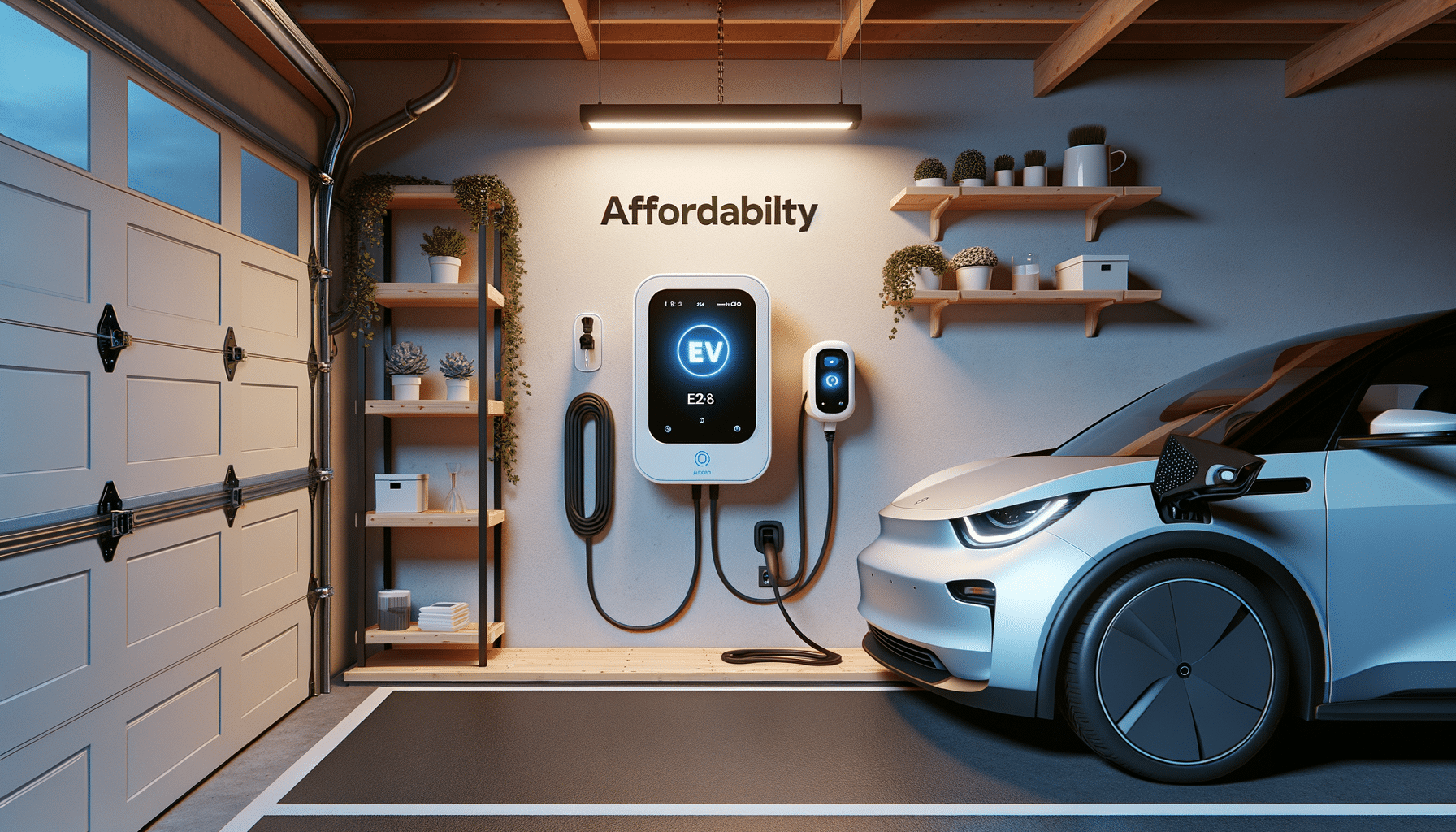How to Set Up an Affordable EV Charging Station in Your Garage
Transforming your garage into an EV charging station can be a game-changer for electric vehicle owners.

Understanding the Basics of EV Home Chargers
Electric vehicles (EVs) are becoming increasingly popular as more people seek sustainable and eco-friendly transportation options. However, one of the primary considerations for EV owners is how to charge their vehicles conveniently. This is where EV home chargers come into play. An EV home charger allows you to recharge your vehicle at home, offering convenience and potentially saving money compared to public charging stations.
There are generally two types of EV home chargers: Level 1 and Level 2. Level 1 chargers use a standard household outlet and are typically slower, taking anywhere from 8 to 12 hours to fully charge a vehicle. On the other hand, Level 2 chargers require a 240-volt outlet, similar to what is used for large appliances like dryers, and can charge an EV in about 4 to 6 hours. The choice between these two largely depends on your driving habits and the distance you typically travel.
Installing an EV home charger can also increase the value of your home, as more potential buyers are looking for homes with green and sustainable features. Additionally, having a home charging station can reduce dependency on public charging infrastructure, giving you the freedom to charge your vehicle overnight and start your day with a full battery.
Choosing the Right EV Charger for Your Needs
When selecting an EV charger for your home, several factors need to be considered to ensure you choose the right one for your needs. First, consider the charging speed. If you have a busy lifestyle and need your vehicle charged quickly, a Level 2 charger is likely the better choice. However, if you have more time and don’t mind a slower charge, a Level 1 charger may suffice.
Another important factor is the compatibility of the charger with your vehicle. While most EV chargers are designed to be compatible with a wide range of vehicles, it’s essential to verify that the charger you choose works with your specific make and model. Additionally, some chargers come with smart features, such as the ability to schedule charging times or monitor energy usage, which can be beneficial for tracking your electricity costs.
Cost is also a significant consideration. While Level 1 chargers are generally less expensive, Level 2 chargers offer faster charging times, which can be worth the investment. Be sure to also factor in installation costs, as this can vary depending on your home’s electrical setup and whether any electrical upgrades are needed.
Installation Process: What to Expect
Installing an EV home charger is a straightforward process, but it requires careful planning and consideration. The first step is to assess your home’s electrical system to ensure it can handle the additional load of a charger, especially if opting for a Level 2 charger. This may involve consulting with a licensed electrician to determine if any upgrades are necessary.
Once your electrical system is ready, the next step is to choose a suitable location for the charger. Ideally, it should be installed in a spot that is easily accessible to your vehicle but also protected from the elements. Some homeowners choose to install the charger inside their garage, while others opt for an exterior wall mount if a garage is not available.
The installation itself typically involves mounting the charger and running electrical wiring from your home’s main panel to the charger. This process can take a few hours to complete, depending on the complexity of the installation. After installation, it’s crucial to test the charger to ensure it’s functioning correctly and safely.
Cost Considerations and Potential Savings
While the initial cost of setting up an EV home charging station might seem high, it’s important to consider the long-term savings and benefits. The cost of an EV charger can range from a few hundred to several thousand dollars, depending on the type and features. Installation costs can also vary widely, but many homeowners find that the convenience and savings on public charging fees justify the expense.
Additionally, there are often incentives and rebates available for EV charger installations. Many governments and utility companies offer financial incentives to encourage the adoption of electric vehicles and home charging solutions. These can significantly reduce the overall cost, making it more affordable for homeowners.
By charging your vehicle at home, you can also take advantage of lower electricity rates, especially if you have access to time-of-use pricing. This means you can charge your vehicle during off-peak hours when electricity is cheaper, further reducing your overall energy costs.
Environmental Impact and Sustainability
One of the most compelling reasons to invest in an EV home charger is the positive environmental impact. By charging your electric vehicle at home, you contribute to reducing greenhouse gas emissions, particularly if your home energy is sourced from renewable resources like solar or wind.
In addition to the environmental benefits, EVs and home chargers promote sustainability by reducing reliance on fossil fuels. As the adoption of electric vehicles continues to grow, the demand for home chargers will likely increase, further driving innovation and efficiency in this sector. This shift not only supports a cleaner planet but also encourages the development of sustainable technologies.
Moreover, having a home charging station encourages the use of electric vehicles, which are generally more energy-efficient than traditional gasoline-powered cars. This transition is pivotal in addressing climate change and promoting a sustainable future for generations to come.